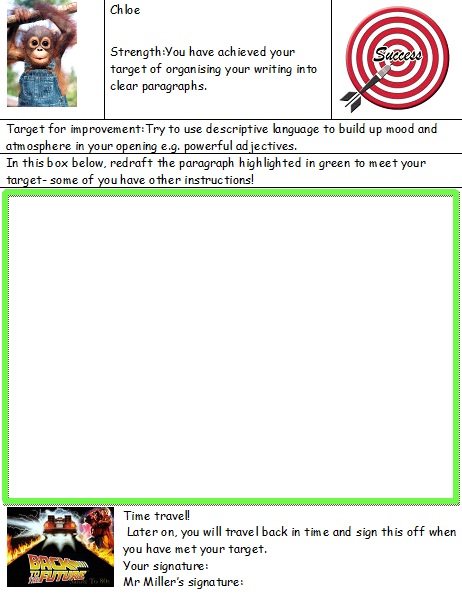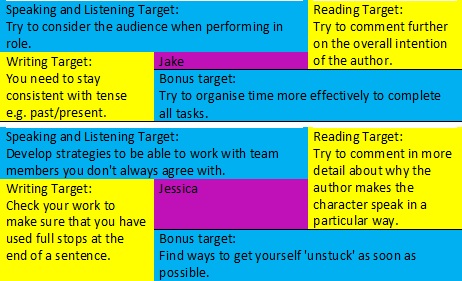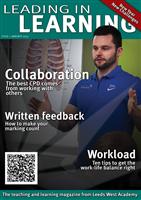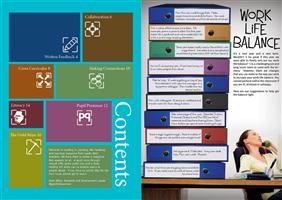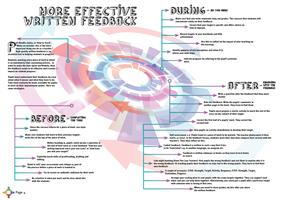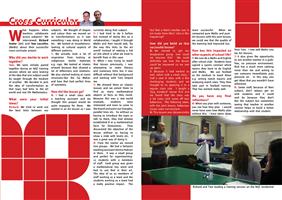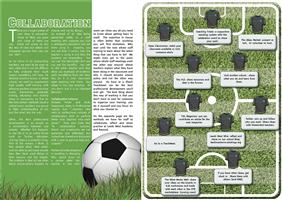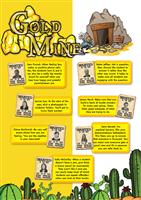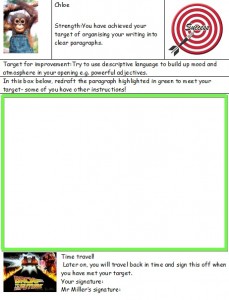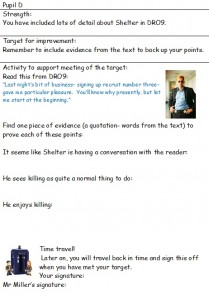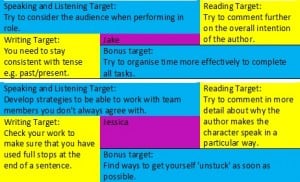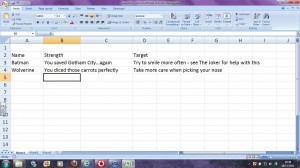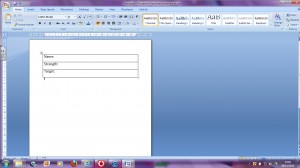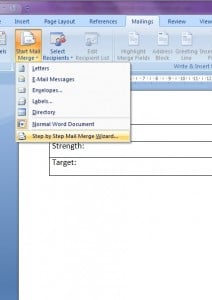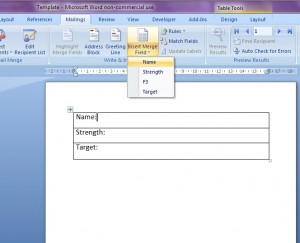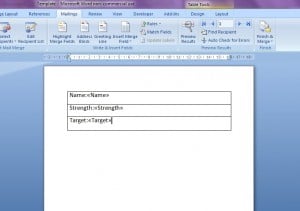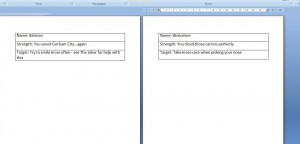Everybody is different when it comes to their well-being, and schools can face difficulty in getting things right for everyone – I can’t see myself in full lycra doing a downward dog with my colleagues but I’d love a bacon roll on a Friday morning. However, I think there are two things that schools should do which are more than a nod to well-being and which for me personally have helped.
Behaviour
I firmly believe that building a positive culture around behaviour is crucial to staff well-being, and I am certain that it has a significant impact on how I feel about my job. Centralised detentions help. When these are organised and managed well, a number of things happen. Time is freed up by teachers to do other things such as marking, planning and going home. They save the time it takes to arrange and to do the detention. And a clear and consistent message is there for everyone in the school – there is a consequence to poor behaviour.
My own well-being is affected by what happens in the classroom. I love English and I love teaching English. When I can do this properly, when I can plan the optimal sequence of lessons, with no worry that the lesson will be derailed, then those hours I spend in the classroom are a joy. There’s also a real intellectual challenge in teaching well that I relish, and ineffective behaviour policies reduce the chance for this to happen. When you have to design lessons purely to mitigate poor behaviour, they are always less effective.
Also, when behaviour systems are clear and supportive, and there are fewer instances of disruption, it allows me a clear focus on supporting pupils who do struggle with their behaviour, to discuss how we can solve these challenges. It helps to build those positive relationships because there are fewer instances of disruption, fewer fires to fight. I can concentrate on the real needs of pupils that I teach. Being able to do this is part of what makes teaching rewarding. If our behaviour systems seem constructed to make these kind of things harder, then staff will be unhappy.
Behaviour management is an important role of the teacher, and I don’t abdicate responsibility in the name of well-being. Whatever the policy a school has – and I acknowledge that other ways do work – a massive consideration should be in how it supports teachers to do what they do best.
Focus on the Final Foot
Schools should encourage collaboration and the sharing of resources. I would go further and suggest that schools should provide ready-made schemes and lessons for staff to use as the foundation of what they teach. In Completing the Revolution: Delivering on the promise of the 2014 National Curriculum, John Blake makes a case for why we should have what he calls “oven ready resources”.
As well as lowering their workload, such “oven ready” resources will also help teachers focus their professional expertise on “the final foot” between them and the children they teach in the classroom. Instead of hours making different worksheets, their attention can all be on using those resources to help the children they are teaching.
I wrote more about my feelings here, but I don’t think it is right for every member of a department trying to source and resource everything from scratch, particularly new teachers. Of course, there is enormous value in thinking deeply about everything that you teach, but there is also a time cost. Better to provide as much as we can and say, now make it appropriate for your style, for your class and their needs.
There are workload demands in putting these resources together and ensuring that they are of decent quality, so schools need to consider this. I also understand that for some teachers – and I can be like this too- teaching someone else’s lessons might feel restricting, so we should never impose that each lesson must always be taught as is.
There are many others things schools can do that impact on workload and well-being, but these feel to me the simplest and most impactful strategies.
